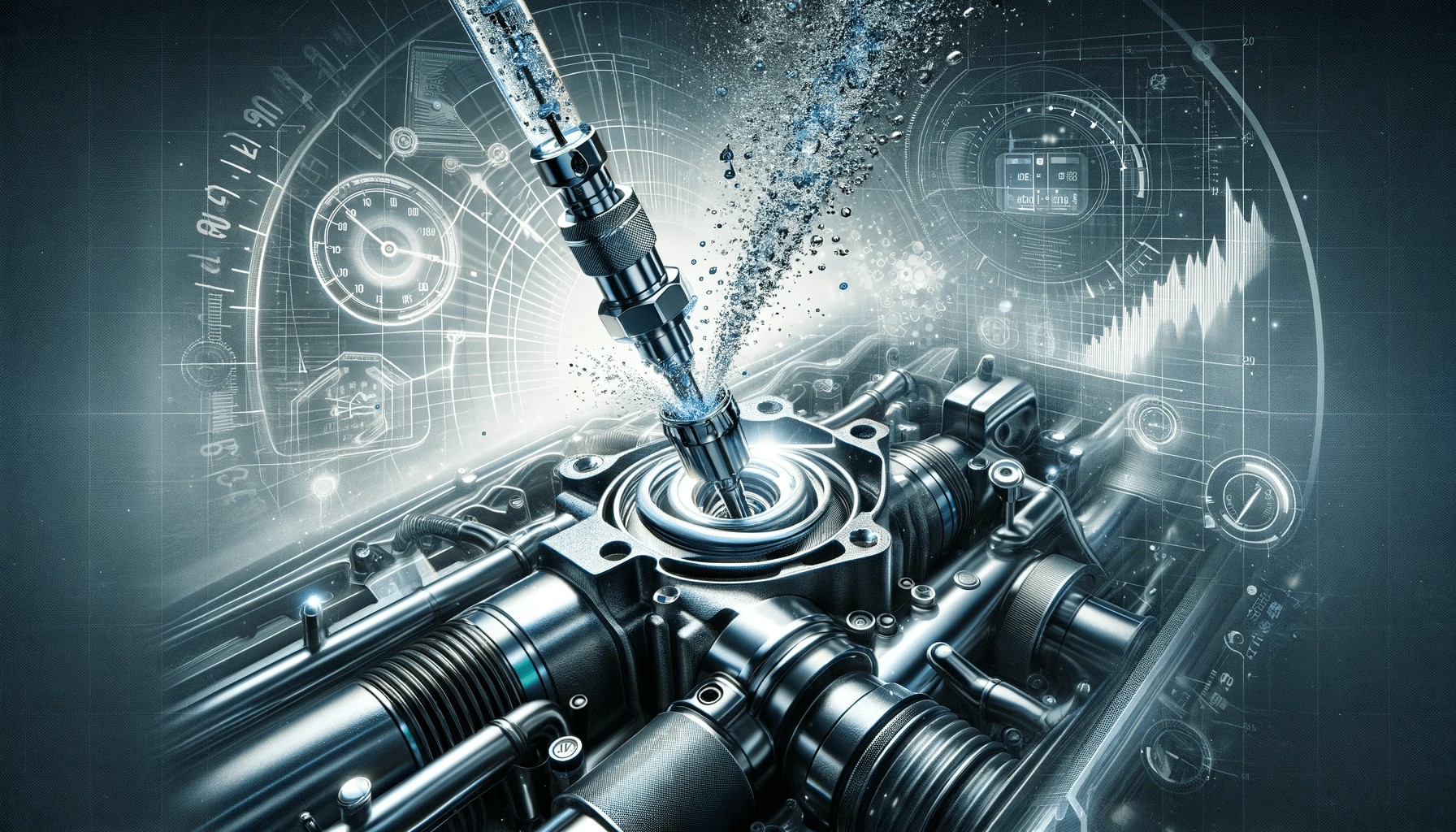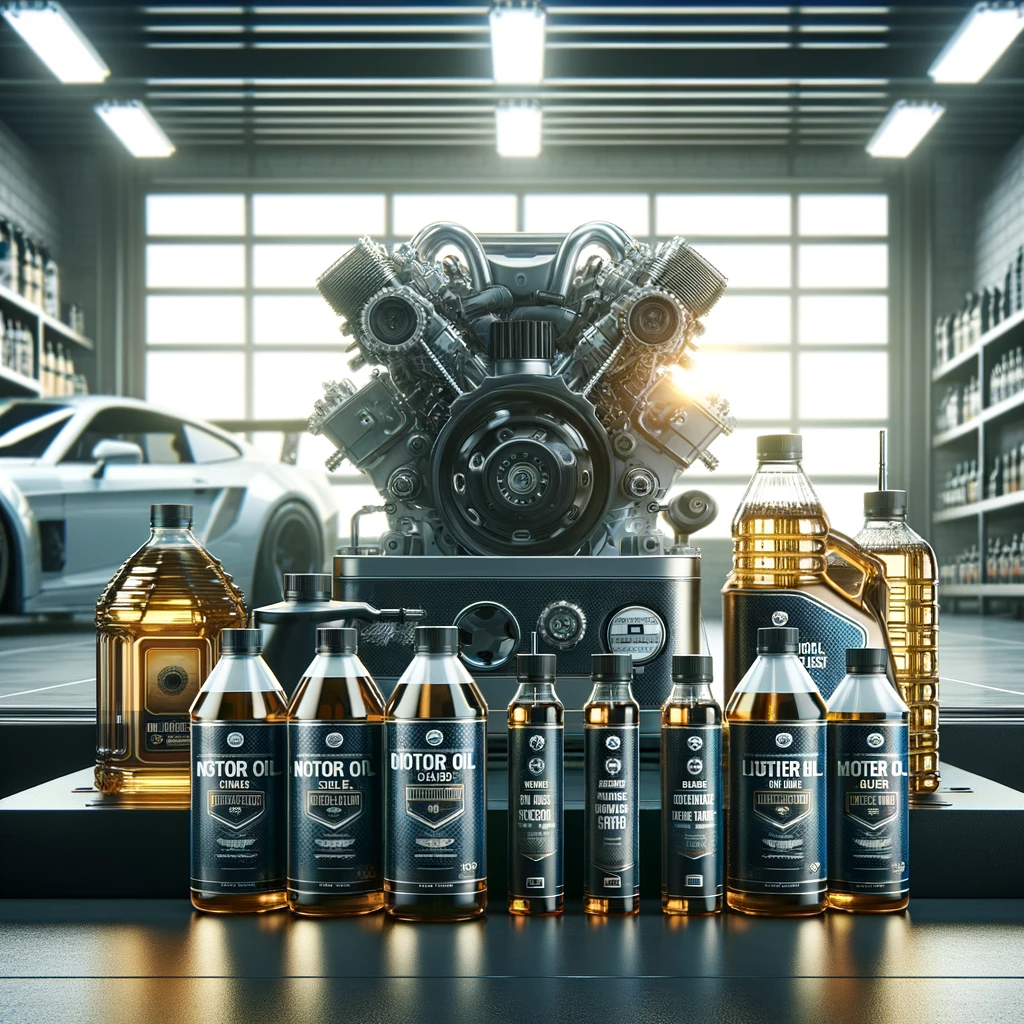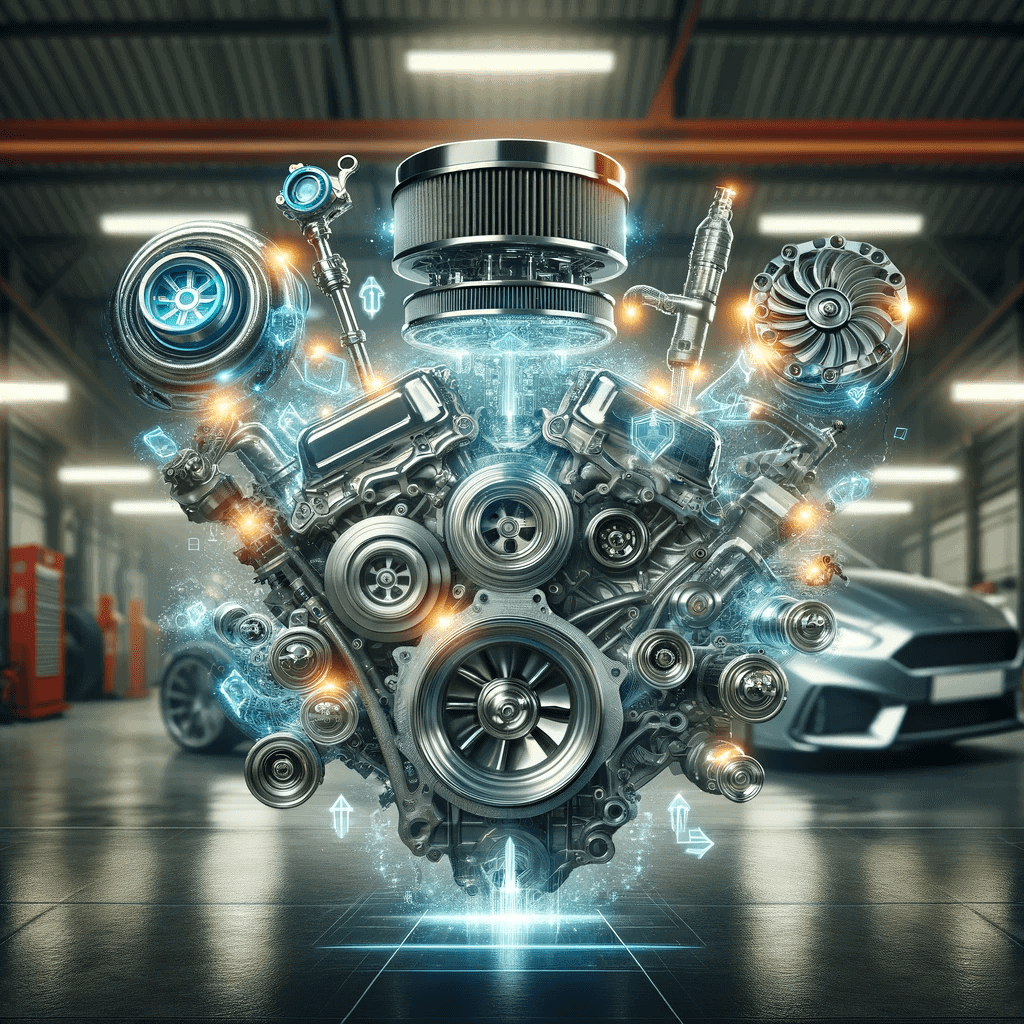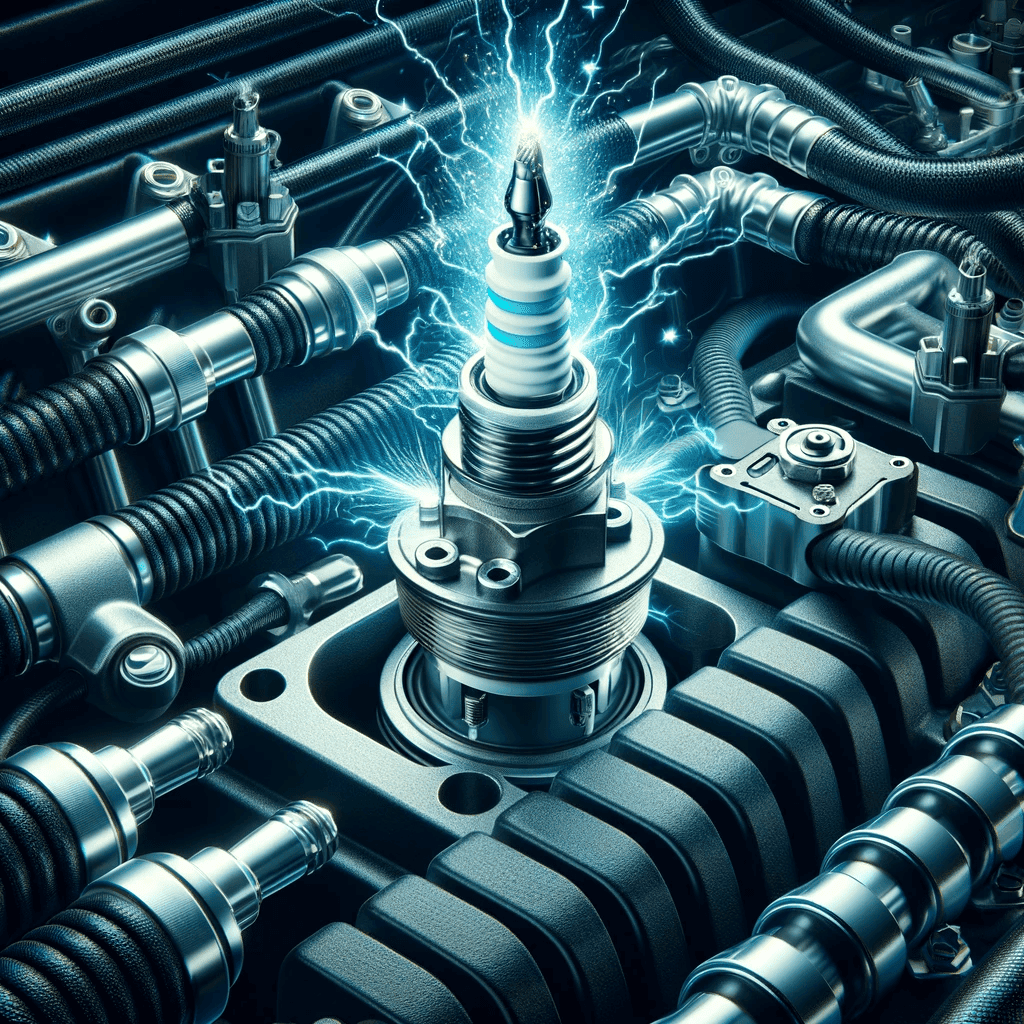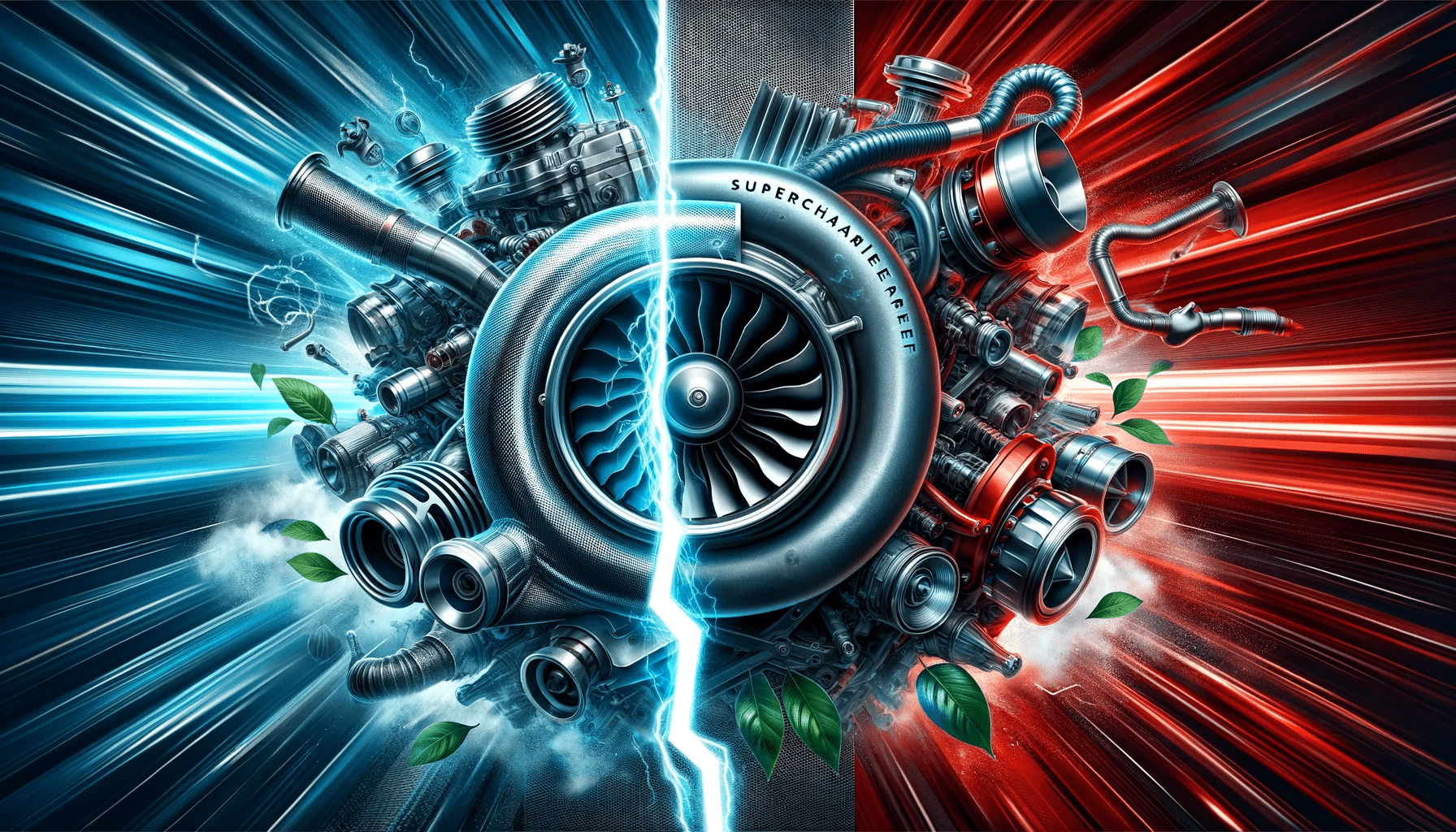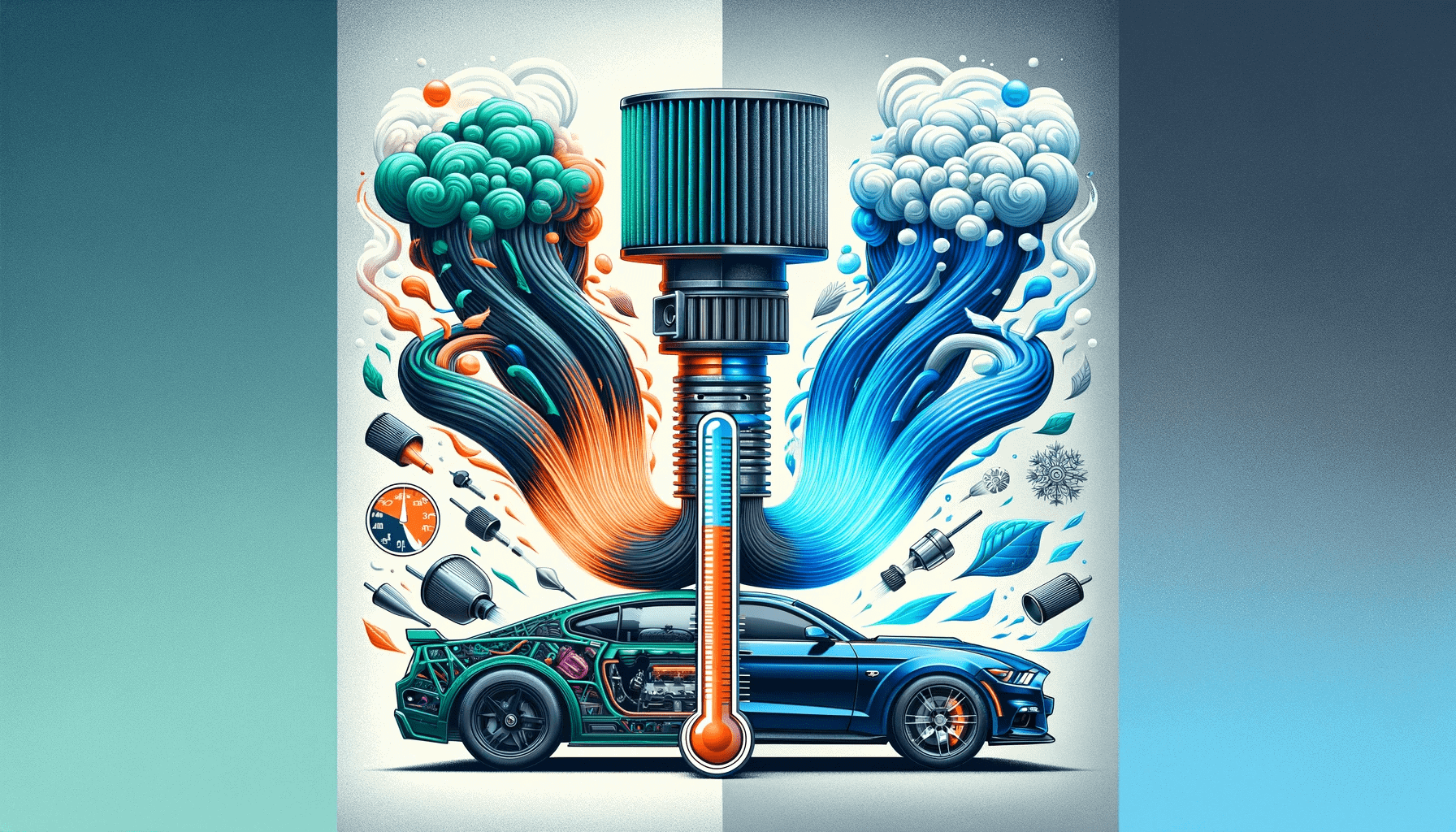Key Takeaways
| Benefit | Description |
|---|---|
| Enhanced Performance | Better cooling leads to improved engine efficiency and power output. |
| Extended Engine Life | Keeps engine components within optimal temperature ranges, reducing wear. |
| Higher Cooling Efficiency | Upgrades to the cooling system can lead to faster heat dissipation. |
| Reduced Risk of Overheating | Prevents critical engine damage and potential failure on the road. |
| Better Fuel Economy | Efficient cooling can contribute to a slight increase in fuel efficiency. |
The Heart of High Performance: Improving engine cooling
When you’re gunning down the road, your engine is doing a fiery dance. It’s combusting fuel, air-mixing, and energy-pumping—a real mechanical ballet. But with all this heat, without a top-notch cooling system, your engine’s performance could wilt like a flower in the Sahara.
Keep it Chill with Coolant Upgrades
Coolant isn’t just antifreeze; it’s the lifeblood of your engine’s cooling system. The right blend keeps things chill even when your engine’s burning rubber.
- Use a premium coolant with better heat transfer properties.
- Consider additives that enhance cooling and prevent corrosion.
Radiate Heat Like a Boss
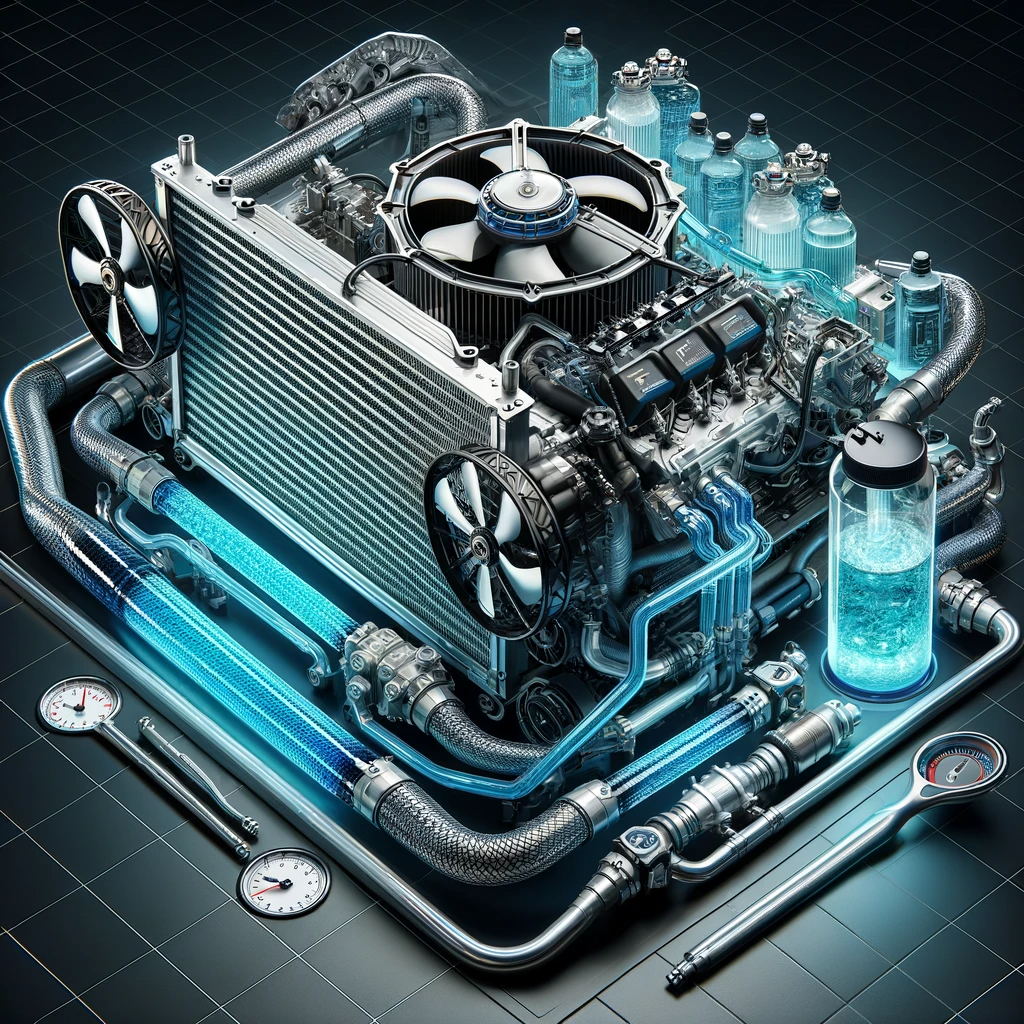
Your radiator’s job? Be a heat exchanger superstar. A high-performance radiator ups the ante by ditching heat faster than a hot potato.
- Opt for a larger or a dual-core radiator for maximum cooling.
- Aluminum radiators are lightweight and excellent heat conductors.
The Fan Club: Electric and Mechanical Fans
Fans are the unsung heroes, moving air across the radiator when the car’s standing still. The big debate: electric or mechanical?
- Electric fans: Consistent cooling, less engine drag.
- Mechanical fans: Directly powered by the engine, reliability for the old-school soul.
Pump Up the Cool with Water Pumps
The water pump is the heart that pumps coolant through your engine’s veins. A performance water pump can increase flow rate and efficiency.
- High-flow water pumps move coolant faster, helping to manage extreme heat.
Hoses and Clamps: The Circulatory System
Don’t let an old hose blow your cool. High-performance hoses withstand higher pressures and temperatures.
- Silicone hoses: Durable, flexible, and can handle the pressure.
- Quality clamps: Ensure tight seals and prevent leaks.
Thermostat: Your Engine’s Thermometer
The thermostat decides when to let the coolant flow. An adjustable thermostat can be tuned for performance driving.
- Upgrade to a performance thermostat for more precise temperature control.
Intercoolers: The Boosted Engine’s Best Friend
Got a turbo? An intercooler is a must. It cools down the hot air from the turbo before it hits the engine for a nice, dense charge.
- An efficient intercooler is crucial for turbocharged and supercharged engines.
Real-World Racer Insights
Let’s look at a case study. Imagine a 1967 Mustang hitting the track on a hot day. Without cooling enhancements, it’s a ticking time bomb. Now, slap on an aluminum radiator, performance water pump, and a set of electric fans. Suddenly, this pony’s running cooler than Steve McQueen in “Bullitt”.
Regular Maintenance: The Unsung Hero
Maintenance might not be sexy, but it’s essential. Keep your cooling system in check with these tips:
- Regularly check coolant levels and quality.
- Flush the cooling system annually.
- Inspect hoses and clamps for signs of wear and tear.
- Check the radiator for blockages or damage.
Final Thoughts on Improving Engine Cooling
Your engine’s performance is directly linked to its temperature. Keep it cool, and it will reward you with power, longevity, and reliability. For gearheads who want to go the extra mile, consider exploring ECU remapping to fine-tune your ride’s performance alongside your cooling system upgrades.
Remember, whether you’re cruising down Broadway or tearing up the backroads, a cool engine means a cool head — and that’s what wins races. Keep that engine frosty, and the only thing hot will be your lap times.
Improving engine cooling: Your Questions Answered
| Question | Answer |
|---|---|
| What’s the first sign that my engine cooling system isn’t up to par? | Look out for overheating warnings. A high reading on your temperature gauge is a signal to inspect your cooling system. |
| Can engine cooling improvements really boost my car’s performance? | Yes, maintaining optimal operating temperatures with better cooling can lead to consistent performance and power. |
| Are aftermarket radiators worth the investment? | Aftermarket radiators, especially aluminum ones, can offer better cooling efficiency and are often a smart upgrade. |
| How often should I replace the coolant in my performance vehicle? | Generally, once a year is recommended, but always check your vehicle manufacturer’s guidelines. |
| Do I need an electric fan if I don’t race my car? | Electric fans provide more consistent cooling and can be beneficial, especially in stop-and-go traffic or when idling. |
| Can a better cooling system improve my car’s resale value? | Yes, indirectly, as it suggests a well-maintained engine, which is attractive to buyers. |
| What’s the role of the thermostat in engine cooling? | It regulates coolant flow to the radiator to help maintain the engine’s desired temperature. |
| Are silicone hoses better than rubber hoses? | Silicone hoses are typically more durable against high temperatures and pressures, preferred for performance uses. |
| What’s an intercooler, and do I need one? | It’s a heat exchanger for cooling air compressed by turbo/superchargers, essential for forced induction engines. |
| How can I ensure my cooling system is functioning optimally? | Regular maintenance, including coolant flushes, hose inspections, and checking the fan and water pump, is key. |
For enthusiasts looking to delve deeper into the world of performance tuning, including cooling system enhancements, take a look at basics of engine upgrades 101. Keep this table handy to ensure your ride stays cool under pressure!

